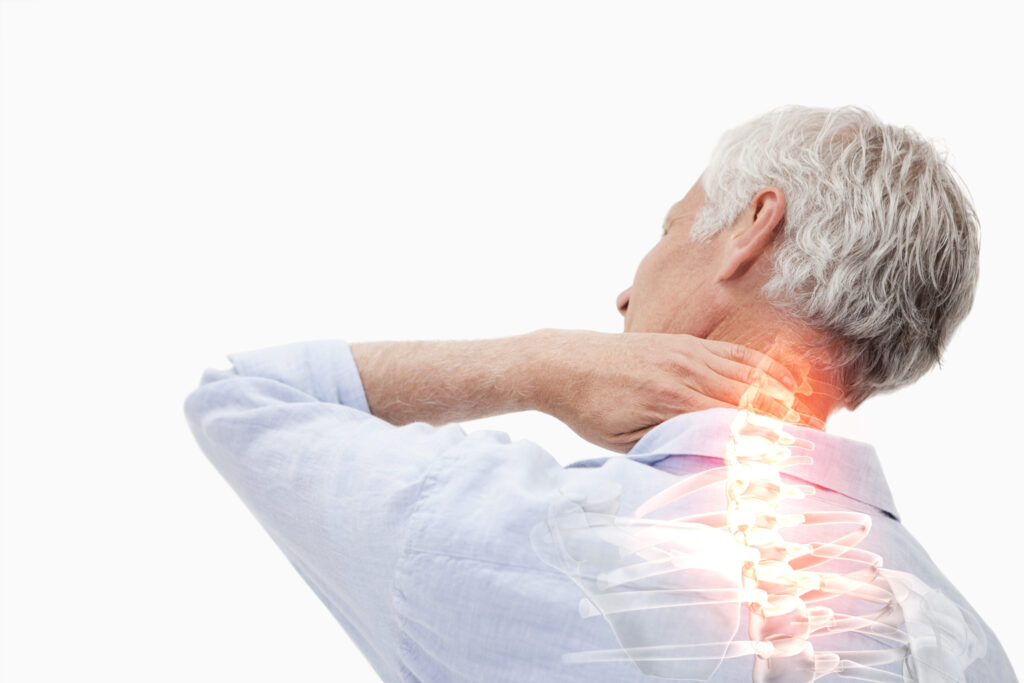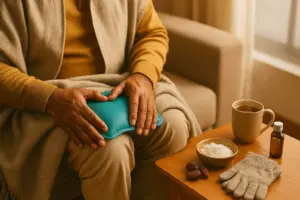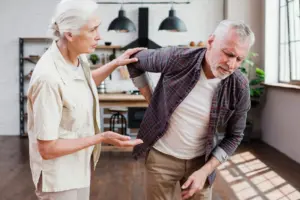
Cervical Spondylosis: Do you experience neck pain or stiffness, especially as you get older? You might have heard it called cervical spondylosis. While the term can sound alarming, it’s actually very common, and, with a bit of care and the right habits, it’s usually manageable.
What is cervical spondylosis?
Cervical spondylosis is the medical term for age-related “wear and tear” in the neck. “Cervical” refers to the neck portion of your spine, and “spondylosis” describes degenerative changes that develop over time in the vertebrae (neck bones) and the discs between them. These changes can lead to stiffness, neck pain, and sometimes nerve-related symptoms like tingling, numbness, or pain radiating to the shoulder or arm. It’s also commonly called neck arthritis or cervical osteoarthritis.
Also Read | Text neck syndrome: How your phone is hurting your spine
What causes cervical spondylosis?
As we age, the discs in the neck gradually dry out and shrink, reducing the cushioning between vertebrae and making movement less smooth. The body may try to “repair” this by forming bone spurs, which can press on nearby nerves or the spinal cord and cause pain.
Ligaments (the tough bands of tissue that connect bones) also stiffen with age, limiting neck mobility. A prior neck injury can raise the risk of cervical spondylosis later in life. Poor posture, long hours on a computer or phone, and lack of regular exercise further strain the neck and can speed up these changes.
Who is at risk of cervical spondylolysis?
Cervical spondylosis most often appears after age 40, though it can occur earlier. Your risk is higher if you have a sedentary lifestyle or a physically demanding job that involves heavy lifting. A family history of spine problems and prior neck injuries also increases the likelihood of developing it.

Common symptoms of cervical spondylolysis:
Neck pain and stiffness are the most common symptoms. The pain may be dull or sharp and often worsens with certain movements or after a long day. It can start in the neck and radiate to the back of the head. If a nerve is compressed, you may notice pain or weakness in the shoulder or arm, and some people experience tingling or numbness in the arms, hands, or fingers.
How is cervical spondylolysis treated?
One of the most effective ways to build neck strength and flexibility is through physical therapy. A physiotherapist can teach simple exercises to reduce pain and improve posture. Over-the-counter pain relievers may help with pain and inflammation. In your routine life, sit upright, use a supportive chair, avoid slouching, and take frequent breaks when working.
Also Read | Neck pain? These everyday habits could be to blame
Cervical spondylosis is a common, age-related change. Most cases are mild and manageable with the right care.








